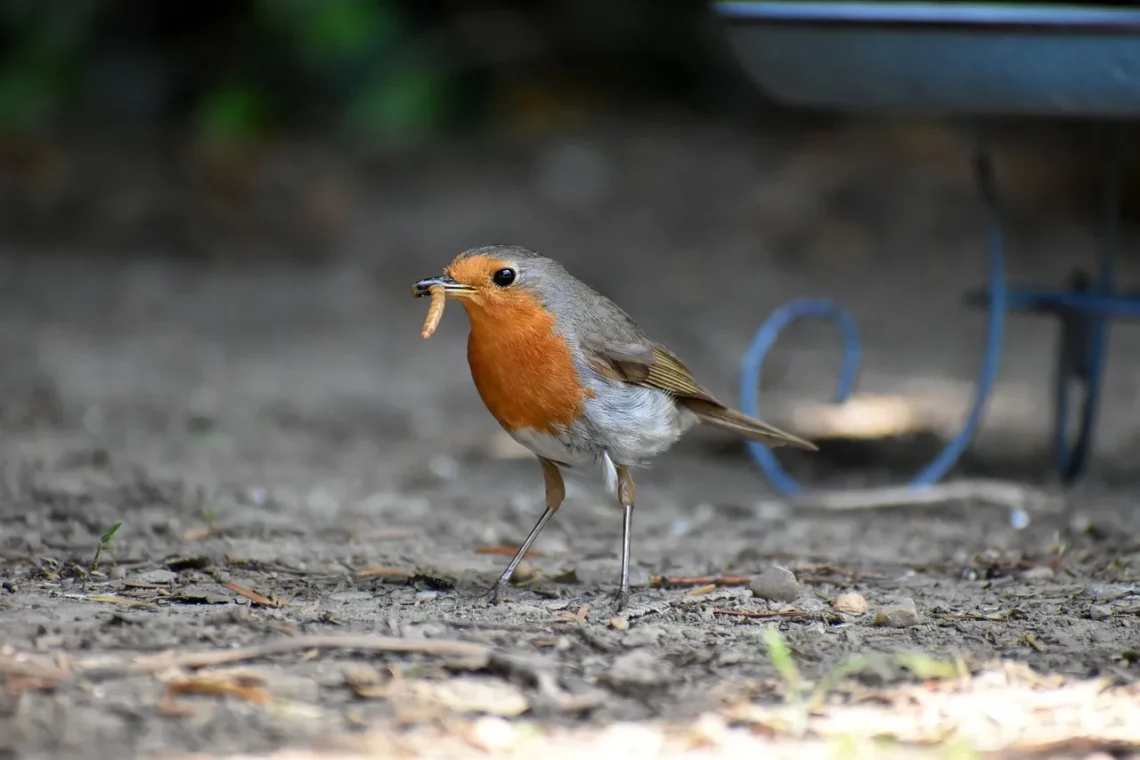
How to Deal with Worms in Your Pool Effectively
Maintaining a pool can be a delightful experience, providing a refreshing escape during the hot days of summer. However, the joy of having a pool can quickly diminish if unwanted guests, such as worms, decide to make it their home. These unwelcome intruders can present various problems, from aesthetic concerns to potential health risks. Pools, being a prime environment for moisture, can attract various forms of life, including worms.
Understanding the nature of these creatures is essential for effective management. Worms can enter your pool through numerous channels, including contaminated water, soil, or even on the bodies of swimmers. Once inside, they can reproduce rapidly, leading to a larger infestation that can be challenging to eliminate. Not only do they create an unappealing sight, but they can also affect the water quality, which is crucial for safe swimming.
Being proactive is key to keeping your pool worm-free. This article aims to provide insights into the best practices for dealing with these pests, ensuring that your pool remains a clean and enjoyable place to relax and have fun.
Identifying the Types of Worms in Your Pool
Before you can effectively deal with worms in your pool, it is essential to identify the types you might be dealing with. Various species of worms, including earthworms, red wigglers, and nematodes, can find their way into your pool. Each type has distinct characteristics and varying degrees of impact on your pool environment.
Earthworms are usually a sign of healthy soil, but when they end up in your pool, they can become a nuisance. They thrive in moist conditions and can often be found in the pool’s skimmer or along its edges. Red wigglers, commonly used for composting, can also appear in pools, particularly if organic matter is present. They are generally harmless but can contribute to the overall mess. Nematodes, on the other hand, are microscopic creatures that can affect the water quality and may pose a health risk.
To effectively manage the situation, it is crucial to observe the characteristics of the worms you encounter. Look for their size, color, and behavior. Identifying them will help you choose the appropriate course of action.
Equipping yourself with this knowledge can save you time and effort in the long run. If you’re uncertain about what type of worm you have, consider consulting a local pest control service or a pool maintenance expert. They can provide insights and assistance tailored to your specific situation, ensuring you can tackle the problem effectively.
Preventative Measures to Keep Worms at Bay
The best way to deal with worms in your pool is to prevent them from entering in the first place. Implementing a series of preventative measures can significantly reduce the chances of a worm infestation.
First and foremost, regular pool maintenance is essential. This includes cleaning the pool thoroughly, regularly checking filters, and ensuring that the skimmer baskets are emptied frequently. Keeping the pool free of debris, leaves, and other organic materials will make it less attractive to worms and other pests.
Moreover, consider the area surrounding your pool. Maintaining a well-kept yard can help deter worms from finding their way to your pool. Trimmed grass, pruned shrubs, and a clean landscape will minimize the organic matter that can attract worms. Additionally, grading the land around your pool can help divert excess moisture away, making it less appealing for worms to thrive.
Another effective strategy is to use pool covers when the pool is not in use. This not only helps keep debris out but also reduces the chances of worms entering. If you live in an area prone to worm infestations, investing in a high-quality pool cover can be a worthwhile expense.
Finally, educate your family and guests about the importance of rinsing off before entering the pool. This simple practice can help prevent introducing any unwanted creatures into the water, ensuring a cleaner swimming environment for everyone.
Effective Removal Techniques for Worms
If you find yourself facing a worm infestation in your pool, don’t despair. Several effective removal techniques can help you restore your pool to its pristine condition.
One of the simplest methods is to use a skimmer net. Regularly skimming the surface of the water can help remove worms before they have a chance to settle. Make it a habit to check the pool daily, especially during warmer months when worms are more likely to appear.
If the infestation is more severe, consider using a vacuum specifically designed for pools. A pool vacuum can help eliminate worms from the bottom and walls, ensuring that they are thoroughly removed. Be sure to follow the manufacturer’s instructions for use, as improper technique can damage your pool’s surfaces.
Chemical treatments can also be effective, but they should be used with caution. Pool chemicals are designed to maintain water quality, but some can also help control worm populations. Always consult with a pool maintenance professional before introducing any chemicals, as improper usage can lead to water quality issues or harm to swimmers.
Lastly, if the problem persists, seeking professional help may be the best course of action. Pest control services specializing in pool maintenance can provide targeted treatments that address the specific type of worm infestation you are dealing with. They can also offer insights into long-term prevention strategies to keep your pool clean and inviting.
Maintaining Water Quality for a Healthier Pool
Ensuring optimal water quality is vital not just for swimming comfort but also for preventing worm infestations. The balance of chemicals in your pool water plays a crucial role in maintaining a healthy environment and deterring unwanted pests.
Regular water testing is essential to monitor pH levels, chlorine levels, and overall water clarity. Ideally, your pool should have a pH level between 7.2 and 7.8. If the pH is too low, it can lead to algae growth and create an inviting environment for worms. On the other hand, excessively high pH levels can cause skin irritation for swimmers and potentially harm the pool’s infrastructure.
Chlorine is a key chemical in maintaining water quality. It helps disinfect the water and eliminate harmful microorganisms, including those that could contribute to worm populations. Ensure your chlorine levels are maintained between 1-3 parts per million (ppm) for optimal effectiveness.
Regularly shocking your pool, which involves adding a high dose of chlorine, can also help eliminate any lingering pests and improve water quality. This process is especially important after heavy rain or excessive organic debris accumulation, both of which can lead to worm infestations.
As an additional measure, consider using natural enzymes or clarifiers that help break down organic materials in the water. These products can aid in maintaining a clean environment and reducing the chances of worms finding their way into your pool.
In conclusion, taking a proactive approach to pool maintenance is crucial for preventing and managing worm infestations. By understanding the types of worms, implementing preventative measures, employing effective removal techniques, and maintaining water quality, you can ensure your pool remains a safe and enjoyable oasis.
**Note:** This article is not intended as medical advice. For health-related concerns, always consult a qualified healthcare professional.




